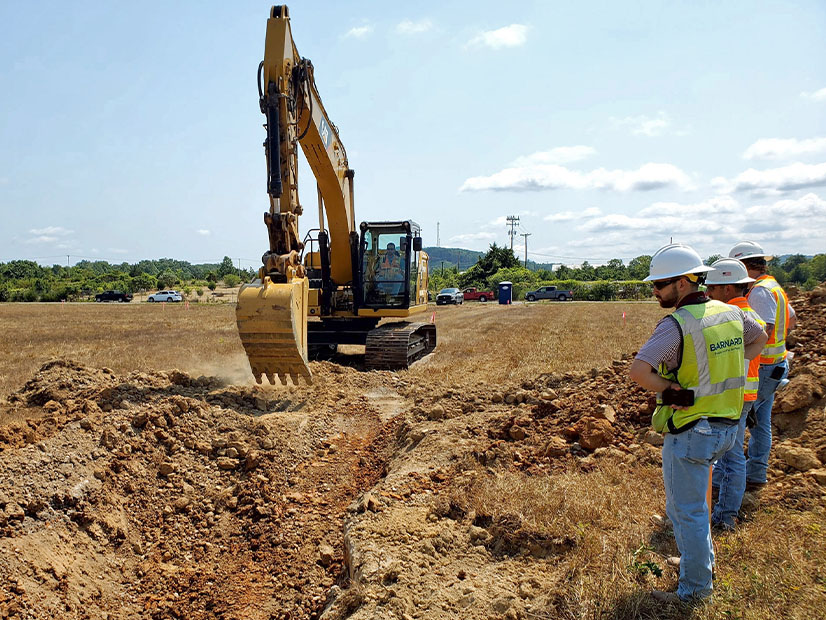
The Nuclear Regulatory Commission has approved construction of Kairos Power’s Hermes 2 demonstration plant in Oak Ridge, Tenn. The NRC and Kairos announced the decision Nov. 20.
It is the first fourth-generation electricity-producing reactor to be greenlighted for construction in the U.S. It will be shaped by the knowledge gained from Hermes 1, a low-power demonstration reactor producing heat but not electricity, which in December 2023 became the first Gen IV reactor to receive a construction permit in the U.S.
The fluoride salt-cooled, high-temperature design also was the first non-light-water reactor to be permitted in the U.S. in more than a half-century. It is the heart of Kairos’ business model but only part of an iterative, vertically integrated effort to commercialize advanced reactor technology.
Reactor modules will be fabricated in New Mexico and shipped to Tennessee using modular construction techniques, which likely are to be central to any successful effort to scale and speed the deployment of small modular reactors in the United States.
This standardization is hoped to eliminate the feedback loop in the U.S. commercial nuclear sector — high cost and low speed of construction help limit new projects, while the scarcity and uniqueness of projects help make construction so slow and expensive.
Standardizing and multiplying new projects could change this.
Many policy makers are eager to see this change, and see nuclear fission emerge as an affordable and constant source of zero-emissions power.
The U.S. Department of Energy has committed up to $303 million to the Hermes project.
The NRC approval process for the Hermes 2 construction permit is one step toward the modularization that could reduce the time and cost needed to build a reactor: Hermes 2 incorporated process improvements made during the Hermes 1 review, and the similarities between the two iterations allowed the second review to leverage work done in the first.
Peter Hastings, Kairos’ vice president of regulatory affairs and quality, highlighted this in a news release: “The licensing basis established with both the Hermes and Hermes 2 construction permits will carry forward to future license applications, ensuring the safety of Kairos Power’s deployments while supporting continued innovation and efficiency in the review process.”
Another factor: NRC has streamlined its mandatory hearing process, which now is conducted via written documents.
“While keeping safety at the forefront, the permitting process was quite efficient, and we issued these permits in less than 18 months,” NRC Chair Christopher Hanson said in a news release. “This shows we can rapidly apply relevant conclusions from earlier reviews to promptly reach decisions on new reactors.”
Small modular reactors and other next-generation nuclear technologies have some hurdles to overcome before widespread deployment. Safe, affordable and scalable designs must be perfected, a fuel supply chain must be built, a raft of regulatory approvals must be secured and public support must be built for a technology that long has been a pariah.
But there is widespread interest in seeing this happen.
Big Tech has begun betting on nuclear to power the data centers that are expected to add significant demand to the grid.
In October, Google and Kairos announced a first-of-its kind power purchase agreement for Kairos reactors starting by 2030 and growing to 500 MW by 2035. (See Google, Kairos Sign 500-MW Nuclear PPA.)
Hermes 1 is targeted for operation in 2027.
Hermes 2 will bring together Kairos’ various research and development efforts in a complete plant architecture at reduced scale, with two 35-MW reactors and a shared power-generation system feeding 20 MW into the grid once NRC approves its operating license.
Operational data gleaned from Hermes 2 would support development of a larger version for commercial operations, and build certainty around licensing, the supply chain and construction of future reactors, Kairos said.


